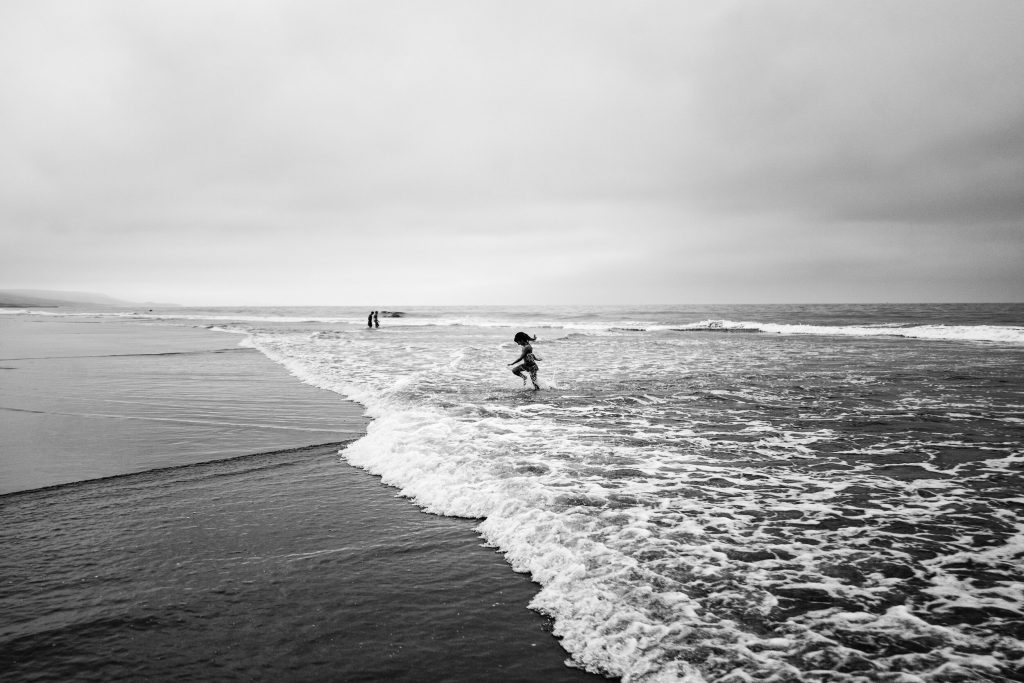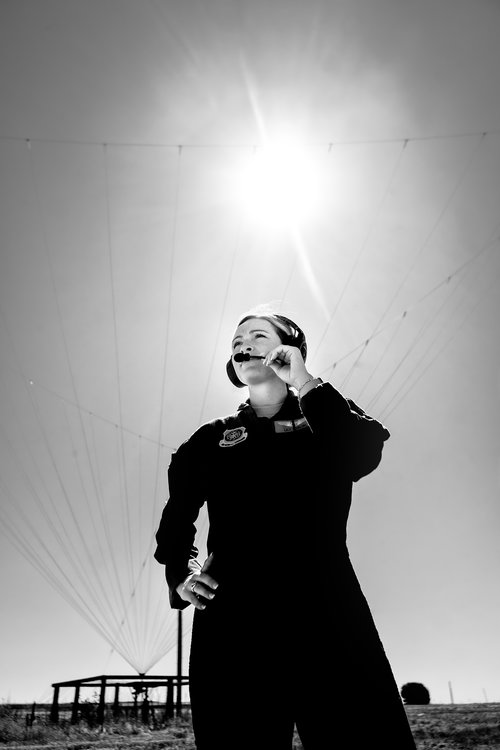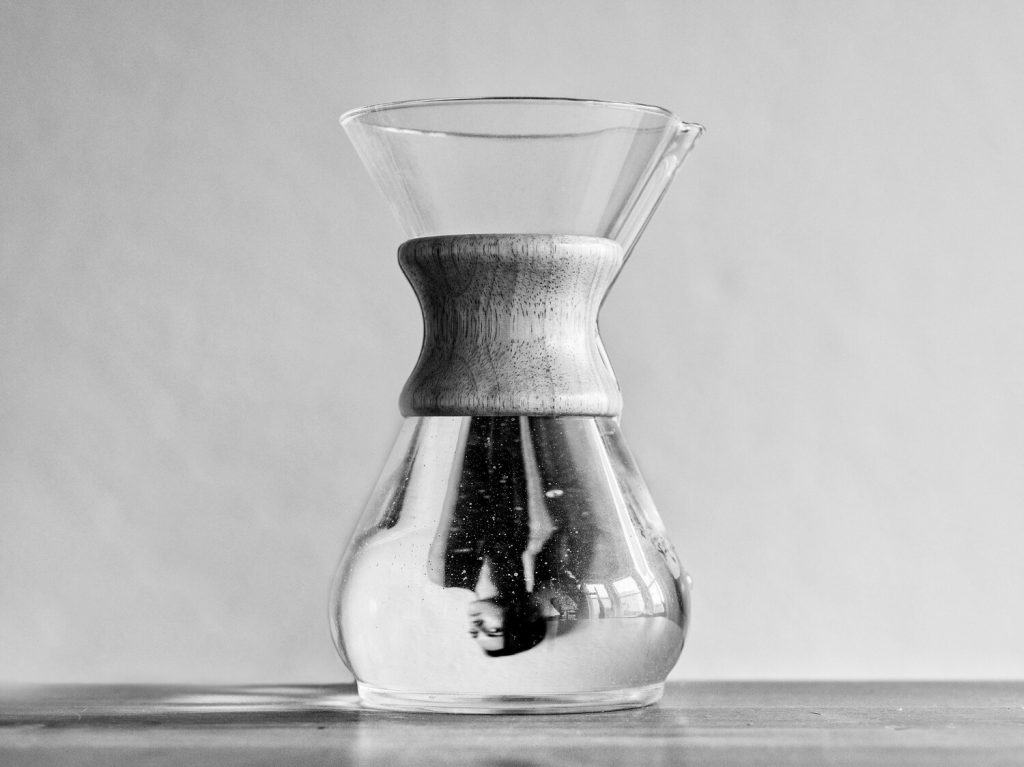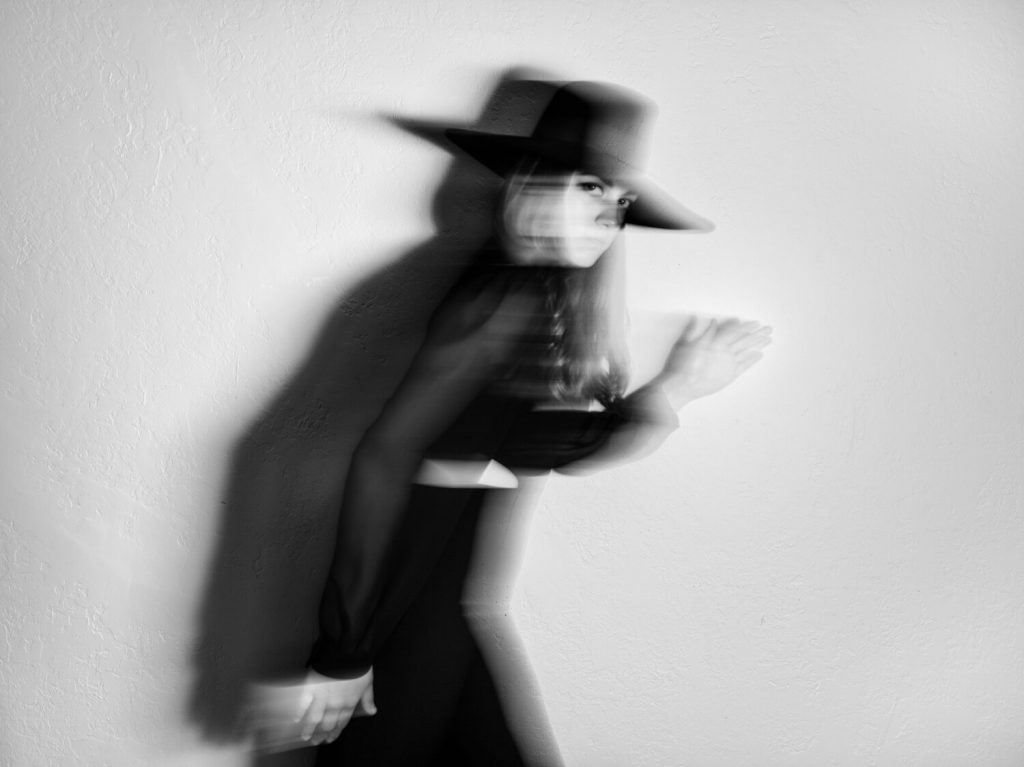Katerina Christina Gregoriou is a street, documentary, and studio photographer based in New York City. She began her photography practice in 2018 while searching for a creative outlet to balance her mechanical engineering studies at Stanford University. A lot of her practice is outside on the streets among people during everyday moments. Georgiou’s street photography focuses on slowing down to appreciate the small but powerful moments we often miss consumed in technology—the quiet moments in the chaos.
I had the opportunity to meet and speak with the artist recently. This led to a fruitful conversation that I am happy to present on peri-Tēchnes.
TA: It was is lovely to speak with you! You, like me, actually studied something other than art. What led you to photography?
KCG: I spent a lot of time figuring out what I didn’t want to do in my undergrad years at Stanford before I figured out what I did want to do—that meant six years of switching from pre-med to Psychology, to Product Design, and eventually to Mechanical Engineering. As you can imagine, I was quite burned out by the end of that sixth year. So I made it a point to take a class completely unrelated to Engineering as an escape from the stress and burnout. That class was Intro to Photography.
I think it was actually less so the class itself that cultivated this very clear passion for seeing and visually manipulating our world through a lens, and more the experience of shooting with the Leica Q that felt so special and completely unlike anything I had ever experienced. The Q felt like it became a vehicle for seeing the world the way I wanted it to be when I needed an escape—a place that didn’t take for granted the beauty of solitude, serenity, and reflection.

Image courtesy of the artist. ©Katerina Christina Georgiou
TA: I recall you had mentioned it was a means of escape when we first spoke. This is a quality that is reflected in your work. Your photographs exude calmness. They remind me of those moments when one is alone and calm and inspiration hits when everything around you is worthy of attention and holds beauty. Is this intentional? Or do you believe it happens because of how you inherently approached and love your medium?
KCG: This is a lovely question! I think it’s a combination of both. I’m an only child, and because both of my parents worked when I was going up, I learned how to be comfortable with and by myself. As I got older, this translated into a fondness for solo travel, self-love, and appreciating the wonderful moments of joy that happen after we realize we don’t need to rely on someone else for our own happiness. In tandem with my personal background, my photos are absolutely a reflection of my state of mind when I’m in the zone with my camera. There’s a quote I read a while back that comes to mind—something along the lines of, “when you seek beauty in all things and in all people, you will not only find it, you will become it.” Well, I think you can flip that and it is equally true. If you adopt the mindset that you are worthy of experiencing joy, then you will find it in others as well.
TA: That is beautifully said! Finding comfort in being alone with one’s own self is an idea I first read about in a biography of an Athonite monk. He had recommended the practice as the first step towards mental and emotional wellbeing. Later on, it has now become almost a wellness trend! But what you said is very true. Joy should come first and foremost through the self and it fascinates me how your work illustrates this so well.

Image courtesy of the artist. ©Katerina Christina Georgiou
TA: On a slightly different note, your body of work Shattered Glass is very moving. It addresses a subject quite current of our times. Considering the glass ceilings shattered by women, in the past couple of years especially, in politics, as well as the highlighted struggles of working women during lockdown across the world, would you like to share anything extra about this work?
KCG: I’ll start by saying how bummed I was in 2020 to keep reading about how many women ended up leaving the workforce completely, especially after so many decades of progress working toward equal representation in various male-dominated fields, in C-level executive positions, etc. The pandemic obviously brought to light a lot of deep-seated issues, such as the fact that women still take on more than their fair share of childcare even when both parents work from home, or that they were the first ones to leave the workforce even when both parents were employed. At the core of this body of work is that women should be seen as equals, regardless of the industry they work in. These are complex issues that will take a lot of systematic change to reconcile. But I hope this series will help us take a step in the right direction.

Image courtesy of the artist. ©Katerina Christina Georgiou
TA: I certainly hope so too.
How did you come about the women you photographed for Shattered Glass?
KCG: I started by creating a list of women in specific industries or professions—now over 50 long, and counting! The list started with women in engineering-related fields because that is my background. It quickly grew as I did more Google searches. I researched male-dominated fields of work, as well as location-based searches on women’s rights and representation, given that they differ vastly between different countries. And lastly, friends and family, who were aware of the series, would send me articles written about women around the world who would be a great addition to the series. Most of the women you see in Shattered Glass I had never met before. We connected after I contacted them via social media.
I’ll end by saying that I’m very excited to (hopefully) pick up this series again at the end of this year when things begin to return to normal. There are so many more incredible women around the world I hope to photograph. I anticipate this project as ongoing work for many more years. I would love to someday publish a book with a collection of these ground-breaking women and their stories, which I hope can continue to inspire!

Image courtesy of the artist. ©Katerina Christina Georgiou
TA: It is a wonderful body of work with such power. Not to sound dramatic, but I do adamantly believe that the world needs more work like this.
At this point, I would like to make a segue into discussing your work titled Youthhood that consists of photographs depicting young girls. These photographs too, depict the strength women embody. However, they caught my attention also because of how they depict this characteristic from as early as childhood. There have been recent discussions around the upbringing of girls and how it affects their levels of empowerment and confidence later in life. Seen alongside Shattered Glass it is truly moving.
Would you like to share a little more on this?
KCG: I haven’t thought about my documentary series work in tandem with the series work from my street photography. That’s a wonderful connection you made. I think when considering these bodies of work together, it makes sense to go back to my earlier thoughts on finding peace and joy with yourself in moments of solitude. Embracing this mentality is such an important thing for girls to own early on so they can feel empowered to pursue their goals and dreams, regardless of what society has normalized for women and girls.
TA: I agree! In fact, recently, after reading “How to Talk to Little Girls,” by Joanna Goddard, I made a point of addressing topics like books, personal interests, and fascinations when chatting with the children within my family and friend circle. It takes attention and importance away from clothing or personal appearance.

Image courtesy of the artist. ©Katerina Christina Georgiou
TA: But I digress… I would, finally, also like to talk about another body of work: Studio Photography. Here, you seem to experiment with the camera, or lense more. You incorporate varying effects that render images nearly ethereal. Can you talk a little about your process?
KCG: The beginning of quarantine/lockdown was actually the impetus for all of my studio work! The thought of doing any posed or planned shoots had never crossed my mind. The core of my work was based on seeing a scene that was already happening and creating something unique from that, as opposed to creating the scene itself as well as adding my own take to it.
That being said, it has been an absolute joy to embark on a new creative journey both behind and in front of the camera. Unlike street photography, studio photography isn’t a one-shot deal—if you miss a moment on the street, it’s gone forever; whereas in the studio, I get to play around with shutter speed, aperture, movement, and props as much as I want. For my studio work, I tend to get inspiration sporadically—often from one of the million coffee table photo books I have, or from other photographers, or even the random, fleeting shower thought.
TA: The hat seems to be an object that appears consistently. Is there a meaning behind this?
KCG: I do love to channel a little Carmen Sandiego when I can haha… Mostly though, the hat is a product of the fact that I love expressing my personality through fashion—whether that’s a bold hat, spiky shoes, or 6” disco booties (I’m already 6’ so that makes me quite tall!). I suppose I have an affinity for the unconventional!

Image courtesy of the artist. ©Katerina Christina Georgiou
TA: That’s wonderful! I mean fashion and style are such great creative outlets. Combining them in photography just adds to the whole thing.
These photographs appear very introspective and pensive. What is at the core of this body of work?
KCG: This was absolutely a reflection of the times. It was the beginning of quarantine, everything was completely shut down in San Francisco, and no one really knew what was going on, let alone what to expect. I think we all went through some sort of self-reflection, slowing down, and turning inward. For me, it was the first time I wasn’t able to go out and make street photos on a whim. So I started exploring what I could do with the camera and myself as the only available subject.
TA: It has been beyond fascinating seeing what artists have been doing while the world had shut down. Thank you for sharing your work with me, and for answering all my questions. It has been a pleasure speaking with you again!
